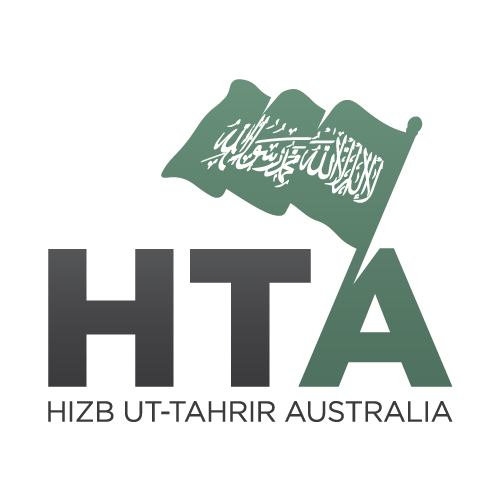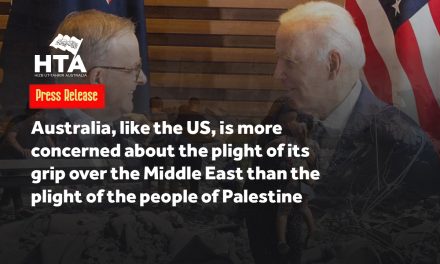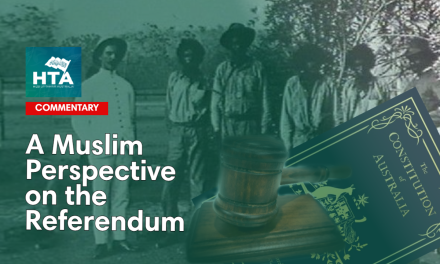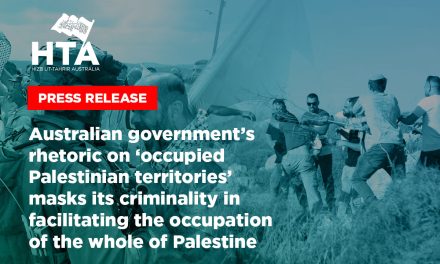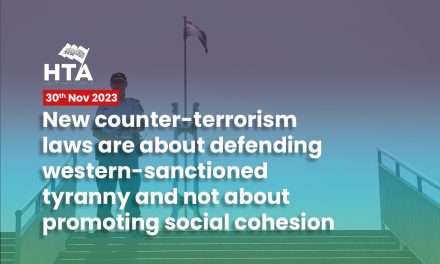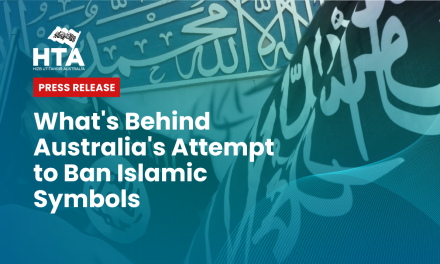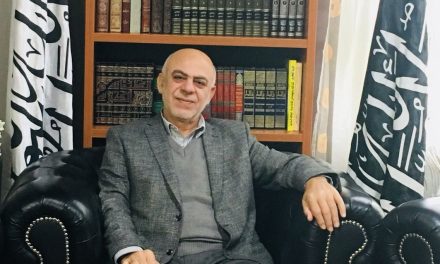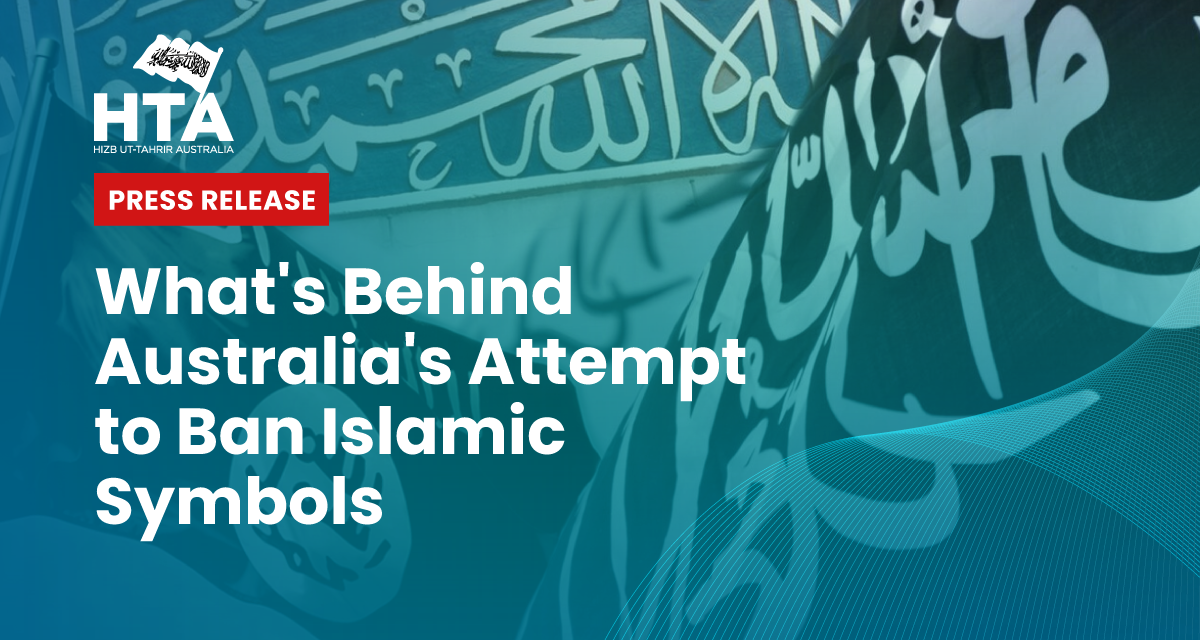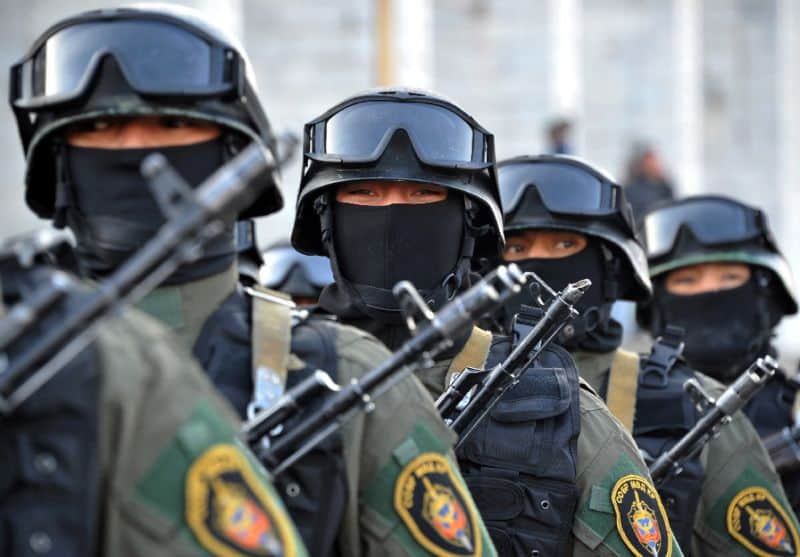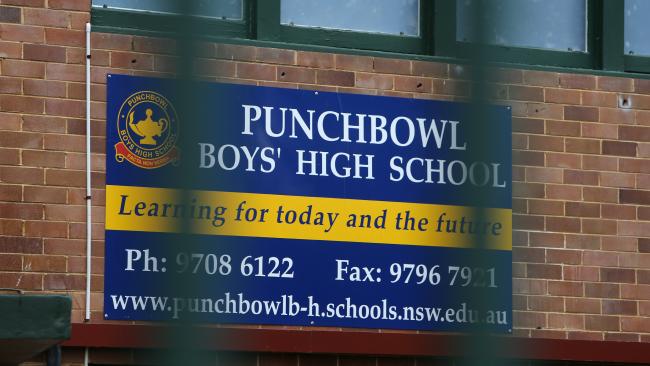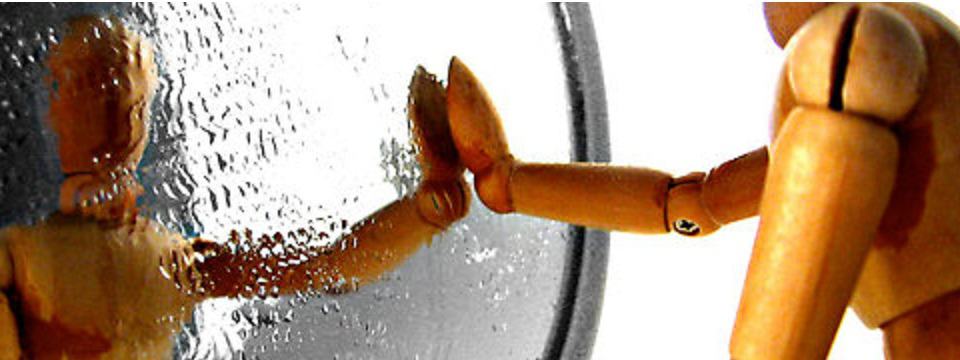On the 14th June 2023, the Australian Government, through the Federal Attorney General, announced further reforms to the Anti-terrorism legislation. The draft Bill creates new offences for accessing and sharing ‘violent extremist material online’, widens the definition of the offence related to ‘advocating terrorism’ to include mere ‘praise’ of a ‘terrorist act’, and introduces the focal point of this new legislation; that of making it a criminal offence to publicly display Nazi and “Islamic State” symbols or trade in items bearing these symbols.
This legislation is a result of the conclusion of the Parliamentary Inquiry in 2021 into “Extremist Movements and Radicalism in Australia” by the Parliamentary Joint Committee on Intelligence and Security (PJCIS). The inquiry/review was announced when Peter Dutton was the Home Affairs Minister in late 2020. Originally there was no mention of far right-wing extremist groups being included in the inquiry and so the sole focus was going to be “Islamist Extremism”. Labor, who have members in the joint committee, then helped temper the backlash by asking the committee to include far-right extremism. The far-right were inserted as an afterthought and Islam(ism) remained the main subject of the inquiry as evidenced by its own terms of reference. The reporting in the media at the time focused solely on the inclusion of right-wing extremism and completely left out the fact that Islam(ism) was in fact the focus of the inquiry. This was blatant sanitised reporting to reduce any backlash or perceptions of victimisation from the Muslim community. Labor members of the committee included Dr Anne Aly, Kristina Keneally, and current Attorney General Mark Dreyfus. The terms of Reference of the inquiry included:
- changes that could be made to Australia’s Counter-Terrorism Strategy in relation to preventing radicalisation to extremist views,
- the role and influence of radical and extremist groups, which currently fall short of the legislative threshold for proscription, in fostering disharmony in Australia and as a conduit to persons on a pathway to extremism…
- further steps that the Commonwealth could take to disrupt and deter hate speech and establish thresholds to regulate the use of symbols and insignia associated with terrorism and extremism, including online,
- further steps the Commonwealth could take to reinforce social cohesion, counter violent extremism…
During the inquiry the following matters amongst others, were explored. Some taken from submissions while others from the committee’s prior work:
- Banning insignia deemed to be representative of extremist or terrorist ideology. The AFP pushed for the criminal offence of merely possessing such symbols, which included specifically the symbols of Nazism and the flag used by the group referred to as ISIL.
- Further lowering the threshold for proscribing groups as terrorist organisations.
- Proscribing individuals. It will be a crime to promote or possess any material from such individuals.
- Developing a public “watch list” of organisations who do not meet the threshold for proscription but are deemed by authorities to espouse views not consistent with Australia’s democratic values. The watch list may be used for the purpose of discrediting such groups and warning the public not to interact or attend certain places or events held by those groups.
The full findings/recommendations of the inquiry has not yet been released, but it appears that the outcomes of the inquiry will be released in the form of draft legislation, like the recent “Counter-Terrorism Legislation Amendment (Prohibited Hate Symbols and Other Measures) Bill 2023” currently under review after its public release.
The Amendment specifically calls out the prohibition of publicly displaying Nazi symbols or the flag used by “IS” or any symbol that can be mistaken for them, if it is reasonably suspected that the display of the symbol in public involves “dissemination of ideas based on racial superiority or racial hatred” or “is advocacy of hatred of a group of persons distinguished by race, religion or nationality” or “is likely to offend, insult, humiliate or intimidate a person who is a member of a group of persons distinguished by race, colour, sex, language, religion, political or other opinion or national or social origin”.
The proposed legislation also bans the possession of “violent extremist material” which includes material containing “an intimidatory act” which is defined as “a violent action, or threat of violent action, where the action is done, or the threat is made, with the intention of coercing, or influencing by intimidation” local or foreign governments, the public or a section of the public.
Finally, the legislation proposes to increase the offence of “advocating Terrorism” from a 5 year to 7 year prison sentence and expands the definition of the offence to include the “praise” of “the doing of a terrorist act or the commission of a terrorism offence in circumstances where there is a substantial risk that such praise might have the effect of leading another person to engage in a terrorist act or to commit a terrorism offence.”
Most of the focus of this draft Bill has been on the prohibition of publicly displaying the mentioned symbols. However, equally significant, if not more, is the suggestion that the government is further shielding itself from criticism by including a prohibition on loosely defined acts of “intimidation” towards governments and “praise” of what the government deems as a terrorist act. It is widely acknowledged that different governments exploit the concept of “terror” for political purposes. For instance, if a government wants to vilify resistance to foreign invasion, they may attribute acts of terror to the resistance. Conversely, if Western governments are themselves facilitating resistance to invasion, such attributions would not be heard of. The precise implications of the full Bill are not clear, which creates an opportunity for the government to selectively employ these proposed laws when politically expedient to do so.
Though there had been mention in recent weeks that such legislation was about to be introduced, all commentary focussed on Nazi symbols. There have been a few cases in Australia where white-supremacy groups have been publicly parading the Nazi flag which contains the Nazi hakenkruez (or the hooked cross). The symbols were at times displayed near synagogues and one incident showed a group of Australians holding the Nazi flag and threatening violence towards Jews in Australia. The government insists that the legislation is aimed at maintaining “Australia’s harmonious, multicultural and democratic society” by banning public displays of “symbols of hatred, violence and racism”.
It came as a surprise to many, especially given there were no recent public indications, that what the government referred to as the “Islamic State” flag (referring to the flag used by ISIS) was also included specifically in the proposed ban. More telling was the mention that what was also being banned is any symbol that “so nearly resembles the IS flag… or can be mistaken for one”.
It is well known that the flag used by the “ISIL” group contains symbols that are dear to Muslims. It contains the Shahadah in the depiction of the Seal of the Prophet and is set on a black background, the same colour used by our beloved master and Prophet Muhammad (saw).
At-Tirmidhi and Ibn Majah have narrated on authority of Ibn Abbas who said: “The flag of Prophet Mohammad (saw) was black, and his banner was white”.
And in another narration on the authority of Ibn Abbas(ra): “It was written on the flag of the Prophet (saw): La Ilaha Illa Allah, Muhammad Rasul-Allah”.
In effect, what the government has implied by including the black flag with the Shahadah inscribed on it, is that it also represents all the things they accuse the Nazi flag of being. This is a charge that the Muslims would obviously reject in the strongest of terms.
The arguments to justify the ban are completely flawed. In the context of their own values, experts in law during the inquiry have argued, despite the Australian Federal Police strongly pushing for a complete ban, that simply having objectionable political or religious views is not sufficient grounds for police or intelligence agency action. One must demonstrate that the threshold into acting on those beliefs in a violent way has been crossed. Further, the use of a symbol in acts of terrorism by a small group cannot be extrapolated to mean that this is the only use of the symbol, especially if that insignia is commonly used by others. The irony of course, is that the Australian flag or other Australian symbols like the Southern Cross has been associated with violent and racist extremism. Interestingly, there is a provision in the Draft Bill that states that if the symbol is used for religious purposes, then the ban does not apply to it. The example mentioned both in the government’s press release and in legislation was that of the swastika which is of spiritual significance to religions such as Hinduism and Budhism. However there was no such mention or defence applied to Islam and Muslims. So it remains unclear whether such a defence would be relevant to the Muslims. The hypocrisy here is glaring.
It is worth highlighting that one of the stated motivations of the Australian Federal Police is to ban outright possession of the stated extremist insignia in order to have the ability to intervene and investigate individuals early despite having no evidence that the person espouses terrorism. Mr McCartney, the then Deputy Commissioner of the AFP stated: “our focus is to disrupt and disrupt early. If it is an offence that’s associated with this type of paraphernalia, it does give law enforcement the opportunity to be much more interventionist at an early stage, noting, as I discussed, that continuum of radicalisation. If we can be interventionists at an early stage, I think there’s real benefit for us”. Simply put, the AFP wanted more powers to arrest and investigate individuals despite having no evidence of a propensity to commit violent acts.
Perhaps some from the Muslim community don’t see this as a big deal, as it clearly calls out the flag used by the “ISIL” group. However, as demonstrated earlier, the flag actually contains clear symbols of Islam which was used by our Beloved Prophet (saw). Furthermore, the legislation also clearly bans any symbol that resembles or can be mistaken for the flag used by “ISIL”. During the inquiry, the PCJIS committee members discussed and mentioned what the Shahadah means for the Muslims which showed that they understood this was a target under the characterisation of “extremist insignia”. By associating the Islamic symbols to only ISIL or to “hatred, violence and racism” then we have allowed and accepted the false and offensive characterisation and labelling of our symbols by the government. Make no mistake, the black flag with the Shahadah script on it is the sole flag of Islam and our beloved Prophet (saw).
Others may also argue that the blame should solely lie on those who use and soil the symbols of Islam by carrying out acts of terrorism while displaying such symbols. This is also a false argument as we have already demonstrated that the acts of a limited group cannot be extrapolated upon everyone who displays or ascribes to the said symbol. Just like the government would not accept that the Australian Flag or the Southern Cross being used as a symbol of racism, white-supremacy and violence by some, to be extrapolated upon everyone else. More importantly, perhaps what is needed is for those who for so long have avoided the display of such a central symbol of Islam and our beloved Prophet (saw), for whatever internalised reason, to publicly claim the flag to be theirs too, and give it the correct representation if we think others don’t.
The conflation or association of the symbols of Islam with hatred, violence, and racism is a red herring. What is in fact occurring, is that the Labor government, which presents itself as ‘Muslim-friendly’ is continuing where the previous Conservative government left off; continuing the policies of the “war on terror” which is well known to be a war on Islam and Muslims. There has been pressure in other parts of the world against the flying and adoption of the Messenger’s Raya as it signifies a just political and ideological challenge to the current capitalist and secular world order led by America. Australia resembling a mere satellite in America’s orbit has blindly followed and adopted “the war-on-terror” agenda of the last 20 or so years. Western governments have resolved to pacify the Muslims in their countries so that Muslims see themselves as separate from the rest of the Ummah. At times, the governments employ soft power by encouraging the Muslim community to define a unique “Islam in the Australian context” and provide them with resources and positions in this pursuit. While at other times the government employs hard power such as these expanded “anti-terror” laws and associated negative propaganda. The proposed banning of the flag should be seen in this light, namely: distancing Muslims in the West from the rest of the Ummah and the Islamic obligation of leading humanity with the justice and mercy of Islam through the Establishment of the Islamic political entity, the Khilafah.
The natural question then is: What should we do? Firstly, the community must reinforce and firmly establish key Islamic concepts that Western governments are trying to undermine and dilute. We must emphasise our unwavering loyalty to Allah (swt), His Messenger, and the Ummah of Muhammad (saw). Recognise that we are an integral and inseparable part of a global Ummah, and our destiny is inextricably linked with the overall condition of the Ummah. If the Ummah suffers, we suffer; if the Ummah prospers, we prosper. Our presence in Australia should not be limited to contently and simply exist within the Capitalist Liberal framework compliantly rotating as a spoke in the system’s wheel. We must acknowledge that all man-made systems ultimately lead humanity to destruction, whereas the Islamic governing system is the only system suitable for humanity. Of course we unequivocally reject the offensive association the government has made between Islamic symbols and violence, hatred, and racism.
Secondly, we must actively demonstrate and express our complete opposition to the proposed ban. We can engage in discussions and raise awareness about this issue among our families, friends, Imams, and organizations, utilising some of the arguments already presented here. We need to emphasise that the Flag of Rasulallah (saw) does not belong exclusively to any particular organisation, group, or individual, but rather represents the entire Ummah. Encourage mosques and leaders to display this flag as described in the ahadith within our places of worship. Engage in Islamic activism, such as talks, debates, and demonstrations, regarding this issue as we should concerning other matters that affect our faith and community. We should be wary of government consultation regarding this legislation. History has shown that governments use token consultations on terror laws merely as a means to legitimise their counter-terrorism agenda. Private consultation, if we must, should be matched with public statements of positions so as to not be co-opted by the government’s political imperatives. Any engagement on this specific issue must involve a clear and unequivocal rejection to the ban, exposing any government claims to the contrary as lies.
Finally, this is just one more example of how our deen and community are vulnerable targets for those in power. In Europe, the Quran is desecrated under the watchful eye of governments, our Prophet (saw) is attacked and insulted, our children are forcefully separated from their families for embracing Islamic values, and hijab and niqab are banned. In Muslim lands, we face invasion, killings, plundering, forced displacement, and concentration camps. This situation will only change when the Ummah as a whole actively works towards re-establishing the Islamic political entity upon the method of Prophethood, as commanded in Islamic texts. Only then will those states that perpetuate injustice have to contend with a Khilafah state representing the Ummah, safeguarding its sanctities, and utilises all its resources and influence at its disposal for the betterment of Muslims and elevation of humanity.
![]()
